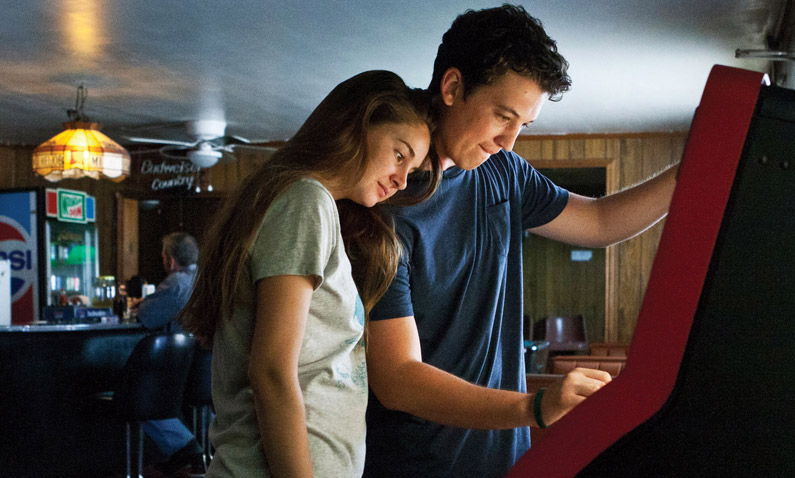By providing your information, you agree to our Terms of Use and our Privacy Policy. We use vendors that may also process your information to help provide our services. This site is protected by reCAPTCHA Enterprise and the Google Privacy Policy and Terms of Service apply.
The 11 Best Depictions of Youth in Indie Film

“Afterschool” Dir. Antonio Campos (2008)

“À Ma Sœur!” Dir. Catherine Breillat (2001)
Breillat’s film “À Ma Sœur!” (“Fat Girl”) is a disturbing yet profound insight into female adolescence, conveying a deep understanding of certain mindsets and relations usually washed over and tragically misconstrued. It challenges conceptions of idealistic love and romance, grinding out a story of harsh truth. Vacationing on the French seaside, Anaïs (Anaïs Reboux) and her older sister Elena (Roxane Mesquida) are obsessed with the idea of sex and their virginities. Anaïs, twelve years old, overweight and an “intellectual,” says, “The first time should be with nobody,” while her sister, though promiscuous, wants to save herself for someone who loves her. Their volatile relationship centers the film, which loosely focuses on their first sexual experiences; neither sister is able to separate herself from the undying, inescapable attachment they share. Jealousy is abound. Scenes of Anaïs watching her sister intimately involved with men elicit strange revelatory reactions. Her silence and quiet misunderstanding paints an inherent naivety that isn’t ever vocalized. The world around her has failed and nothing can really be done to set things right. This is also articulated quite clearly in the film’s shocking ending, which might agitate and upset some. Breillat’s brilliant film builds a tone of repression and menace that is finally released in random violent acts, showing all to be facile and just twisted conceptions built up through false fairy tales. (Oliver MacMahon)
“Central do Brasil” Dir. Walter Salles (1988)

“Kids” Dir. Larry Clark (1995)
“Ma Vie En Rose” Dir. Alain Berliner (1997)

“Ratcatcher” Dir. Lynne Ramsay (1999)
“Salaam Bombay!” Dir. Mira Nair (1998)

“The Spectacular Now” Dir. James Ponsoldt (2013)
James Ponsoldt’s film “The Spectacular Now,” adapted from Tim Tharp’s novel of the same name, is a coming-of-age story unlike many others. As Eric Kohn wrote in our review, the film “achieves an intimacy with its protagonists that’s nearly radical compared with the mainstream industry standard.” Ponsoldt shows us something reminiscent of an actual person, not a “character,” and we learn from their mistakes and triumphs. Starring Miles Teller and Shailene Woodley, the film premiered at last year’s Sundance Film Festival to critical acclaim. It revolves around charming yet self-destructive goofball Sutter Keely (Teller), a high school senior with a drinking problem. You probably won’t like him initially, but slowly you come to grasp the truth in his decisions (big and small). You’ll see yourself in him–the good and the bad–and truly connect. (Oliver MacMahon)
“Sweet Sixteen” Dir. Ken Loach (2002)
“Tomboy” Dir. Celine Sciamma (2011)

“Welcome to the Dollhouse” Dir. Todd Solondz (1995)
By providing your information, you agree to our Terms of Use and our Privacy Policy. We use vendors that may also process your information to help provide our services. This site is protected by reCAPTCHA Enterprise and the Google Privacy Policy and Terms of Service apply.















